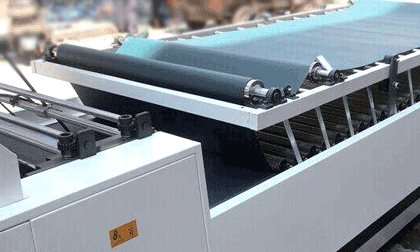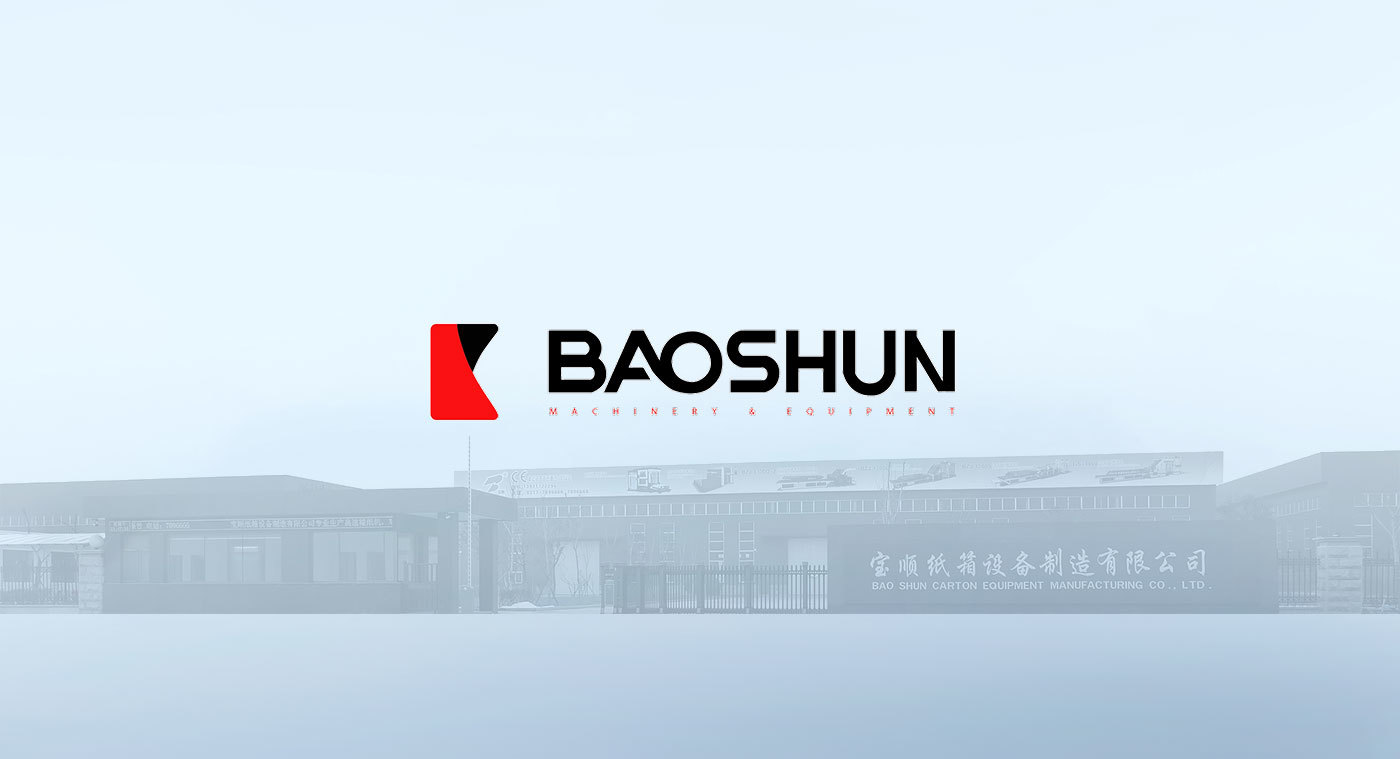Suggestions for improving the three types of processing faults in veneer machines
2018-11-13
(1) Wrinkling during processing
To address the issue of wrinkling during veneer machining, we can take the following four measures:
If the wrinkling is caused by inconsistent elasticity or wavy edges at both ends of the film, the laminating machine should be replaced with a qualified film;
2. The two ends of the electric heating roller and the rubber roller are unbalanced, with inconsistent pressure and uneven linear speed, and should be adjusted appropriately;
3. The film transfer roller is unbalanced, and the transfer rod of the veneer machine should be adjusted;
4. The adhesive layer is too thick, and the solvent evaporation is not thorough, which affects the viscosity. When compressed by the pressure roller, sliding occurs between the paper and the film. The amount of glue applied should be adjusted to increase the temperature of the drying channel.
(2) Bubbling phenomenon
Bubble phenomenon is also a problem encountered in veneer machining, and solutions need to be taken from the following eight points:
1. The printing ink layer is too thick. The amount of adhesive coating should be increased, and the pressure and composite temperature should be increased;
2. The surface temperature of the composite roller of the veneer machine is too high, and the temperature of the composite roller should be reduced;
3. Dust and impurities on the surface of the film should be removed in a timely manner;
4. If the adhesive concentration is too high, the viscosity is high, and the coating is uneven, a diluent should be used to reduce the adhesive concentration;
5. If the printing ink layer is not dry, it should be hot pressed once before gluing, or the lamination time should be delayed to allow it to dry thoroughly;
6. If the drying temperature is too high and the surface of the adhesive peels, the drying temperature of the veneer machine should be lowered;
7. If the film has wrinkles or looseness, uneven or curled edges, the film should be replaced and the tension adjusted;
8. The adhesive coating is uneven and the amount used is small. The coating amount and uniformity of the veneer machine should be increased.
(3) Poor fit
We should pay attention to the following eight points to prevent poor adhesion during the processing of veneer machines:
1. The diluent contains alcohol and water that consume NCO groups, causing the hydroxyl groups of the main agent to not react. High purity ethyl acetate should be used;
2. The ink layer of the printed product is too thick. The arrangement of adhesive coating should be increased to increase pressure;
3. The adhesive is absorbed by printing ink and paper, resulting in insufficient coating. Should be reformulated and the coating amount set;
4. Low pressure, fast vehicle speed, and low temperature. The laminating temperature and pressure should be increased, and the speed of the veneer machine should be appropriately reduced;
5. Improper selection of adhesive, improper setting of adhesive amount, incorrect ratio measurement, and the choice of adhesive type and dosage should be made again;
6. If there is powder coating on the surface of the printed material, it can be gently wiped off with a dry cloth and then processed with a veneer machine;
7. The ink layer of the printed material is not dry or thoroughly dried. At this point, hot pressing should be done first before applying the adhesive. Alternatively, adhesive with high solid content can be chosen, or the thickness of the adhesive coating can be increased and the drying temperature can be increased;
8. If the surface treatment of the plastic film is insufficient or exceeds the shelf life, causing the treatment surface to fail, the plastic film should be replaced.
Tag:
Next
Recommended
The five components of the instant coating veneer machine












